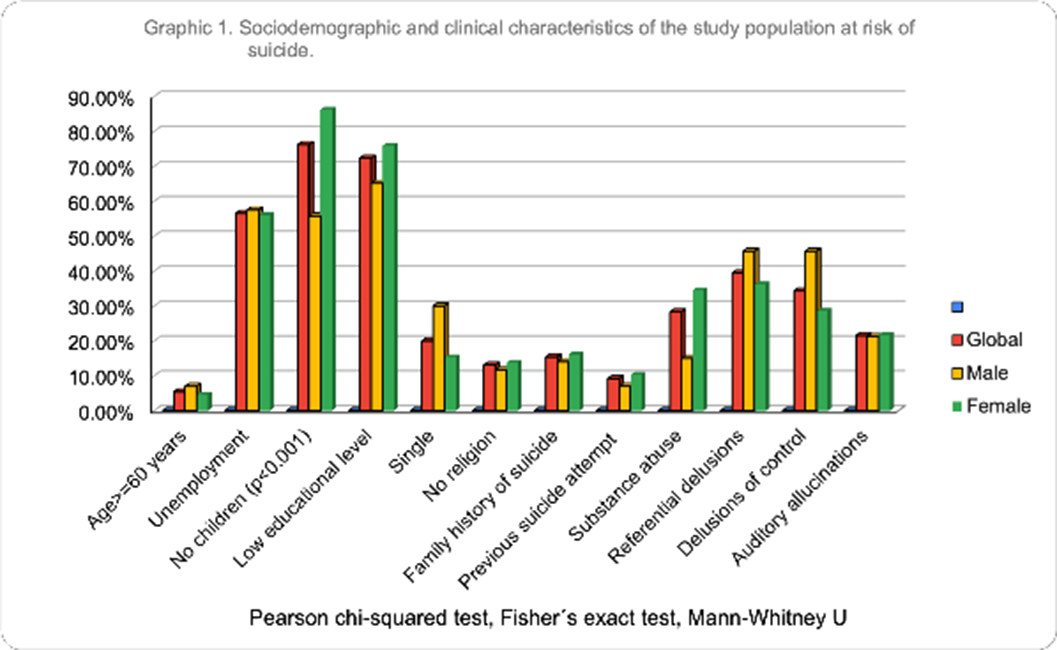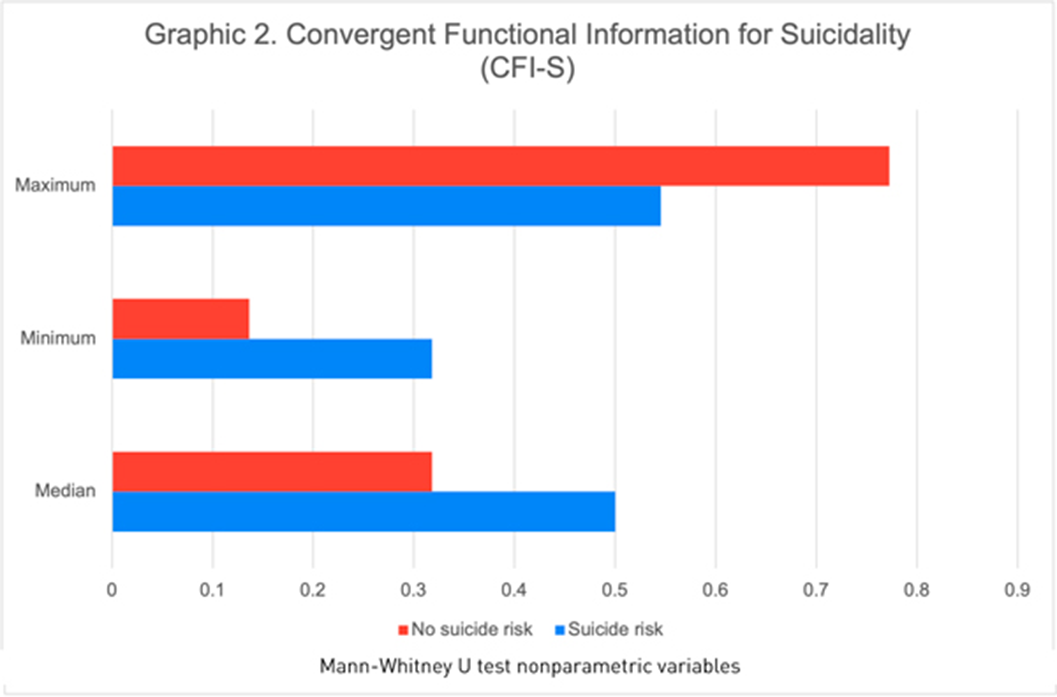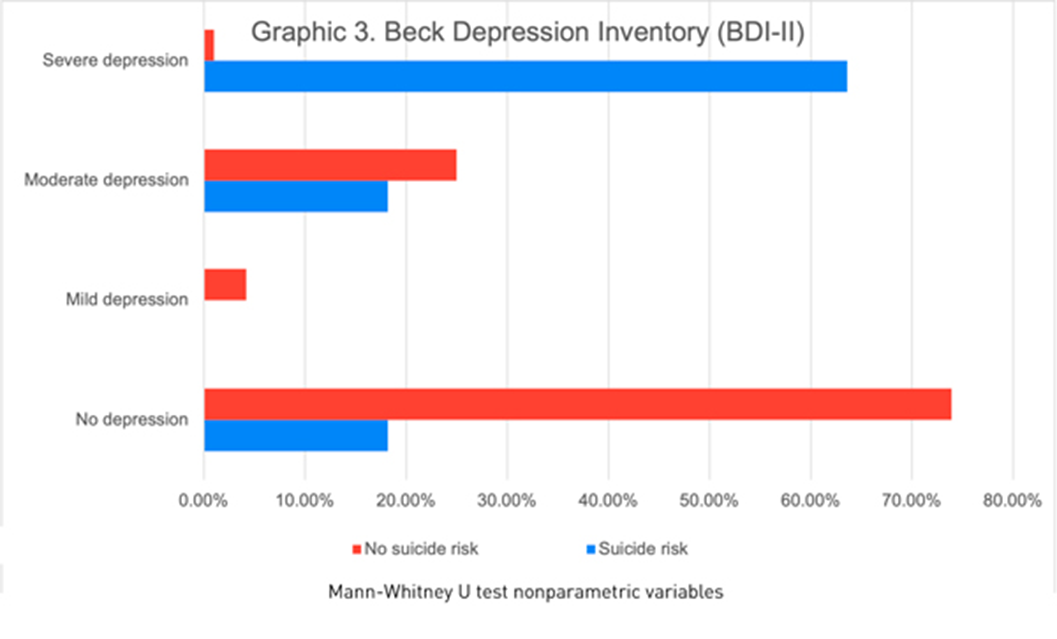659 results
Teleonomy, legibility, and diversity: Do we need more “proxynomics”?
-
- Journal:
- Behavioral and Brain Sciences / Volume 47 / 2024
- Published online by Cambridge University Press:
- 13 May 2024, e88
-
- Article
- Export citation
The Role of Individual Income in Modulating the Impact of Health Determinants: Exploring the Interplay between Socioeconomic Factors and Health Outcomes
-
- Journal:
- European Review / Volume 32 / Issue 2 / April 2024
- Published online by Cambridge University Press:
- 24 April 2024, pp. 150-176
-
- Article
-
- You have access
- Open access
- HTML
- Export citation
A next-generation protective emblem: Cross-frequency protective options for non-combatants in the context of (fully) autonomous warfare
-
- Journal:
- International Review of the Red Cross , First View
- Published online by Cambridge University Press:
- 20 March 2024, pp. 1-29
-
- Article
- Export citation
Associations between disturbed sleep and attenuated psychotic experiences in people at clinical high risk for psychosis
-
- Journal:
- Psychological Medicine , First View
- Published online by Cambridge University Press:
- 07 March 2024, pp. 1-10
-
- Article
-
- You have access
- Open access
- HTML
- Export citation
Lateral flexure of Erebus Ice Tongue due to ocean current forcing and fast ice coupling
-
- Journal:
- Journal of Glaciology , First View
- Published online by Cambridge University Press:
- 29 February 2024, pp. 1-13
-
- Article
-
- You have access
- Open access
- HTML
- Export citation
Dissolution Rates of Allophane With Variable Fe Contents: Implications for Aqueous Alteration and the Preservation of X-Ray Amorphous Materials on Mars
-
- Journal:
- Clays and Clay Minerals / Volume 69 / Issue 2 / April 2021
- Published online by Cambridge University Press:
- 01 January 2024, pp. 263-288
-
- Article
- Export citation
11 NASA-TLX Workload Profile of the Trail Making Test
-
- Journal:
- Journal of the International Neuropsychological Society / Volume 29 / Issue s1 / November 2023
- Published online by Cambridge University Press:
- 21 December 2023, pp. 695-696
-
- Article
-
- You have access
- Export citation
The nonlinear evolution of whistler-mode chorus: modulation instability as the source of tones
-
- Journal:
- Journal of Plasma Physics / Volume 89 / Issue 6 / December 2023
- Published online by Cambridge University Press:
- 12 December 2023, 905890607
-
- Article
-
- You have access
- Open access
- HTML
- Export citation
Income or educational attainment: which is more effective in the fight against overweight? Evidence from Spain and Andalusia
-
- Journal:
- Journal of Biosocial Science / Volume 56 / Issue 2 / March 2024
- Published online by Cambridge University Press:
- 04 December 2023, pp. 270-291
-
- Article
-
- You have access
- Open access
- HTML
- Export citation
Ten new insights in climate science 2023
-
- Journal:
- Global Sustainability / Volume 7 / 2024
- Published online by Cambridge University Press:
- 01 December 2023, e19
-
- Article
-
- You have access
- Open access
- HTML
- Export citation
The influence of peer non-suicidal self-harm on young adults’ urges to self-harm: experimental study
-
- Journal:
- Acta Neuropsychiatrica , First View
- Published online by Cambridge University Press:
- 28 November 2023, pp. 1-13
-
- Article
-
- You have access
- Open access
- HTML
- Export citation
Parametrized polyconvex hyperelasticity with physics-augmented neural networks
-
- Journal:
- Data-Centric Engineering / Volume 4 / 2023
- Published online by Cambridge University Press:
- 03 November 2023, e25
-
- Article
-
- You have access
- Open access
- HTML
- Export citation
Childhood trauma moderates schizotypy-related brain morphology: analyses of 1182 healthy individuals from the ENIGMA schizotypy working group
-
- Journal:
- Psychological Medicine / Volume 54 / Issue 6 / April 2024
- Published online by Cambridge University Press:
- 20 October 2023, pp. 1215-1227
-
- Article
- Export citation
Sarcocystis cruzi (Hasselmann, 1923) Wenyon, 1926: redescription, molecular characterization and deposition of life cycle stages specimens in the Smithsonian Museum
-
- Journal:
- Parasitology / Volume 150 / Issue 13 / November 2023
- Published online by Cambridge University Press:
- 18 October 2023, pp. 1192-1206
-
- Article
-
- You have access
- Open access
- HTML
- Export citation
Trajectories of remitted psychotic depression: identification of predictors of worsening by machine learning
-
- Journal:
- Psychological Medicine / Volume 54 / Issue 6 / April 2024
- Published online by Cambridge University Press:
- 11 October 2023, pp. 1142-1151
-
- Article
-
- You have access
- Open access
- HTML
- Export citation
For the Sake of the Ingroup: The Double-Edged Effects of Collectivism on Workplace Unethical Behavior
-
- Journal:
- Business Ethics Quarterly , First View
- Published online by Cambridge University Press:
- 02 October 2023, pp. 1-35
-
- Article
- Export citation
Sex differences in iron status during military training: a prospective cohort study of longitudinal changes and associations with endurance performance and musculoskeletal outcomes
-
- Journal:
- British Journal of Nutrition / Volume 131 / Issue 4 / 28 February 2024
- Published online by Cambridge University Press:
- 21 September 2023, pp. 581-592
- Print publication:
- 28 February 2024
-
- Article
-
- You have access
- Open access
- HTML
- Export citation
Understanding the impact of the COVID-19 pandemic response on GI infection surveillance trends in England, January 2020–April 2022
-
- Journal:
- Epidemiology & Infection / Volume 151 / 2023
- Published online by Cambridge University Press:
- 25 August 2023, e147
-
- Article
-
- You have access
- Open access
- HTML
- Export citation
Suicidal risk in Latino patients with schizophrenia
-
- Journal:
- European Psychiatry / Volume 66 / Issue S1 / March 2023
- Published online by Cambridge University Press:
- 19 July 2023, pp. S1080-S1081
-
- Article
-
- You have access
- Open access
- Export citation
Mental health and addiction in young refugees-Research on prevalence of alcohol and substance use, PTSD and psychological difficulties experienced by young migrants and refugees placed in two refugee centers in Serbia in the time of COVID-19 pandemic
-
- Journal:
- European Psychiatry / Volume 66 / Issue S1 / March 2023
- Published online by Cambridge University Press:
- 19 July 2023, pp. S37-S38
-
- Article
-
- You have access
- Open access
- Export citation









